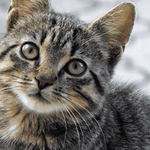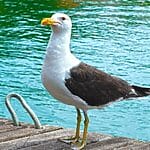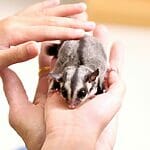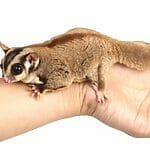Sugar gliders are adorable, sweet creatures that can make for amazing pets so long as you are able to provide them with the time, effort, and specialized care that they need.
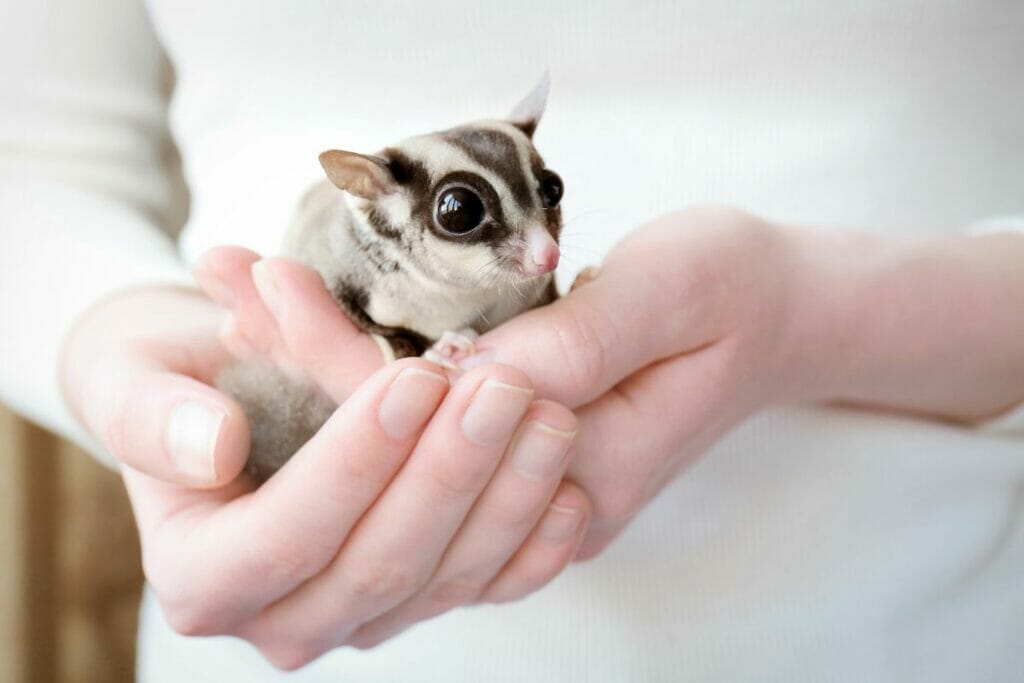
If you have a pet sugar glider- or if you are planning to get one once you are certain you are able to keep them healthy and happy- then training might be an element of their care that you are thinking about.
When it comes to intelligence, sugar gliders are on a similar level to dogs, and so they are definitely smart enough to learn as long as you are willing to give them the appropriate training and care.
With this in mind, we are going to be looking at if it is possible to potty-train a sugar glider and what the most suitable steps are to take when it comes to sugar glider toilet training. Let’s get started.
Can You Potty Train A Sugar Glider?
Many think that it isn’t possible to potty-train a sugar glider, but this is far from the case due to their intelligence and their ability to listen and recognize commands from their owners.
That being said, you need to establish a rapport with your sugar glider first if you have hopes of training them in any way.
Before we even get into the potty training, it is important to know how to establish and build that bond with your sugar glider, so let’s take a closer look at how to do this.
Bonding With Your Sugar Glider
Creating a bond with your pet sugar glider is essential to any and all training, including potty training.
Bonding with your pet is also just a generally pleasant experience! Why would you want a pet if you don’t want that lovely feeling of closeness with them?
So, how do you go about bonding with a sugar glider? First off, give them some time to familiarize themselves with their new home. Let them get comfortable with their surroundings first.
Make sure that you give them around two or three days to do so, and try and make it so that you are at home during this time so that you will be able to keep your pet company and get to know them.
Once you have given them some time to adjust to their new environment, you can start building the bond. Begin by coaxing your little friend out with some treats.
Sugar glider-specific treats are a good choice, but some other options include applesauce, baby food, or yogurt (just not too much!).
Place the treat on your finger and let your sugar glider come to you. Don’t try and force them, as this will only have the opposite effect. It might take a few days, but eventually, your new friend will begin to respond.
You can also try talking to your sugar glider, but make sure that you do so in a calming tone so as not to spook them.
Let your sugar glider get to know your scent as well, as this is a must if you want your pet to recognize and bond with you.
As your scent becomes more known to them, they will feel more comforted by your presence. You can get your sugar glider used to your scent by placing a piece of clothing that you have recently used into their enclosure.
A bonding pouch is designed specifically for you to build your bond with your sugar glider.
As the name suggests, this is a small pouch that your sugar glider will stay in whilst you spend time with them and as long as you put in the effort and have some patience, they are a great way to develop the bond between you and your glider.
Potty Training A Sugar Glider
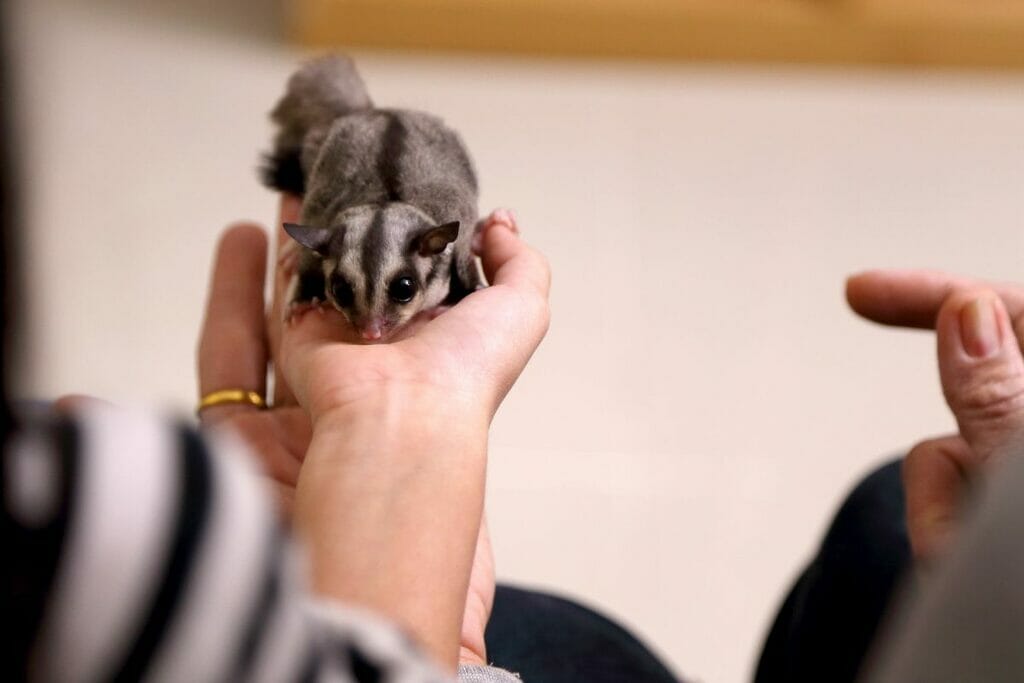
Now that you have established your bond, it’s time to get to potty training!
It is important to be realistic when you begin attempting to potty-train a sugar glider, as although they have the intelligence to learn, they are likely to not be as easy to work with in comparison to animals like dogs.
Establish A Potty Area
Sugar gliders are very clean as well as smart, and so they tend to establish areas such as for sleeping, playing, and eating.
Because of this nature, getting them to recognize an area to use as a bathroom is possible. Establish an area in their cage that you want to be the designated potty place.
You can always try using a litter box, but make sure that you only fill it with grass pellets, shredded paper, or paper pulp.
Your sugar glider might try to eat cat litter pellets, so avoid using regular cat litter. Otherwise, use some newspapers or paper towels to build a potty area within their cage.
Remember Their Schedules
The first thing to do is take note of their sleeping schedule, as they will tend to want to go potty as soon as they wake. Due to this habit, it is best to begin potty training when your sugar gliders wake up.
Potty Training Steps
- Pick up your sugar glider and hold them over some paper towels or your established potty area in their cage.
- Grab yourself some unscented baby wipes and use them to wipe over their bottom and their genital area to stimulate them to pee and poop.
- You can also use what is known as the “treadmill” wherein you move your sugar glider from one hand to another, as this will also stimulate their digestive tracts and make sure that everything that needs to come out has come out!
- It can take around five to seven minutes for your sugar glider to empty their bladder and bowels completely, so be patient and repeat the process when necessary. It will be around two to four hours before the process needs to be done again.
- Reward your sugar glider when they have released their bladder and bowels so that they begin to associate going potty with your established area. This is a critical part of the training process, so always
- Remember to always reward your sugar glider. This goes for if they go to the potty area to use the bathroom and also when they pee and poop after you have stimulated them to do so, as it all helps teach them to know when and where to go potty.
Final Thoughts
It isn’t a given that potty training a sugar glider is something that can definitely be done, as every glider is different and some might pick up on training of this kind more easily than others.
However, as long as you are patient and consistent with your training, you have every chance of successfully potty training your sugar glider so that you no longer find poop pellets or tiny pee stains on your shirt!
Build your bond, stick to their schedule, repeat the process of stimulating their digestion and bladder and always reward them, and you might find yourself with a perfectly potty-trained little friend in no time.



